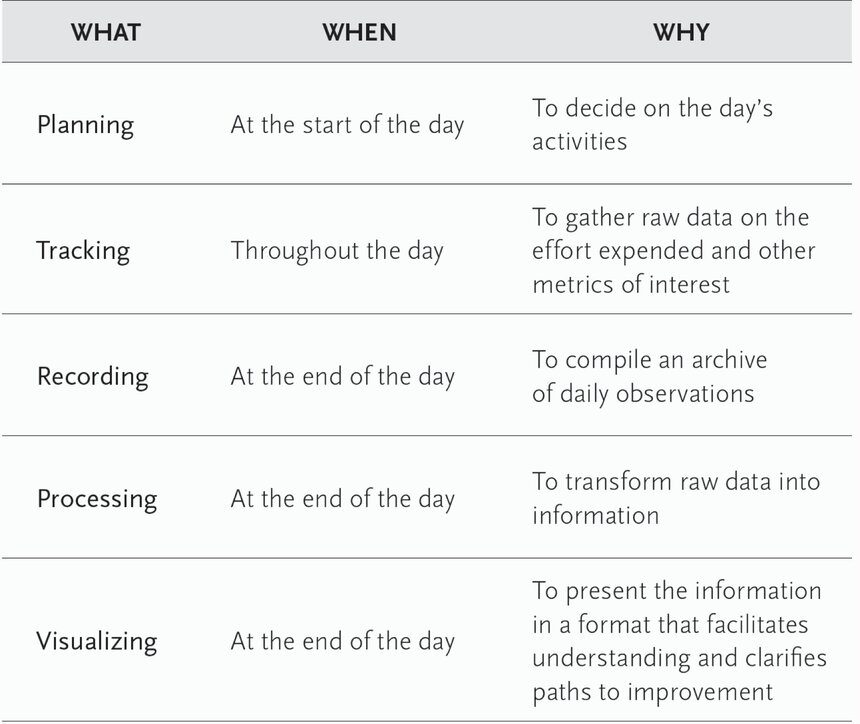We live in a hyperconnected, always available, instant everything world. From social media to our email notifications, the internet has amplified our collective level of distraction and inability to focus on a task for a long time. Multitasking is one of our favorite words, but we are busy doing nothing. You can make more money, but you can not make more time. We all get the same amount of time daily, the billionaire and the poor; how we use it is what makes all the difference. Once we use our time, it is gone forever; it is always ticking, moving. The ability to guard and use your time effectively is crucial in navigating the roller coaster of life.
“The best approach to dealing with these interruptions is to accept them and treat them in a gentle way.”
One of the best time management tools that I have found to be very helpful is the Pomodoro Technique developed by Francesco Cirillo, which he developed in 1987 as a time management hack for passing his sociology exam in college.
The Pomodoro Technique is a time management method developed by Francesco Cirillo in the late 1980s. The technique uses a timer to break down work into intervals, traditionally 25 minutes in length, separated by short breaks. Each interval is known as a Pomodoro, from the Italian word for ‘tomato’, after the tomato-shaped kitchen timer that Cirillo used as a university student.
The Pomodoro Technique was created with the aim of using time as a valuable ally to accomplish what we want to do the way we want to do it and to empower us to improve our work or study progress continuously.
According to Francesco Cirillo in his book, The Pomodoro Technique: The Acclaimed Time-Management System That Has Transformed How We Work, the goals of the Pomodoro Technique includes the following:
- Alleviate anxiety linked to becoming
- Enhance focus and concentration by cutting down on interruptions
- Increase awareness of one’s decisions
- Boost motivation and keep it constant
- Bolster the determination to achieve one’s goals
- Refine the estimation process in both qualitative and quantitative terms
- Improve one’s work or study process
- Strengthen one’s determination to keep applying oneself in complex situations
The Stages of the Pomodoro Technique
The process underlying the Pomodoro Technique consists of five stages:
- To implement the Pomodoro Technique, all you need is the following:
- A Pomodoro: a kitchen timer
- A To Do Today Sheet filled in at the start of each day with the following:
- A heading with place, date, and author.
- A list of the things to do during the day in order of priority.
- A section labeled “Unplanned & Urgent Activities” in which any unexpected tasks that have to be dealt with should be listed as they come up. These activities could modify the day’s plan.

An Activity Inventory Sheet consisting of the following:
A heading with the name of the author.
A number of lines in which various activities are written down as they come up. At the end of the day, the ones that have been completed are checked off.
A Records Sheet. This is the set of raw data needed to produce pertinent reports and graphics. Depending on the objectives, this contains different sets of boxes. Normally, this sheet would include the date, the description, and the number of Pomodoros of effort needed to accomplish a task. This sheet is updated at least once a day, usually at the end of the day.
How the Pomodoro Technique Works
OBJECTIVE I:
FIND OUT HOW MUCH EFFORT AN ACTIVITY REQUIRES
The traditional Pomodoro is 30 minutes long: 25 minutes of work plus a 5-minute break. At the beginning of each day, choose the tasks you want to tackle from the Activity Inventory Sheet, prioritize them, and write them down in the To Do Today Sheet.
START THE FIRST POMODORO
Set the Pomodoro for 25 minutes and start the first activity on the To Do Today Sheet. Whoever is using the Pomodoro, whether one person or more, should always be able to see clearly how much time is left.
A Pomodoro can’t be interrupted: It marks 25 minutes of pure work. A Pomodoro can’t be split up: There is no such thing as half a Pomodoro or a quarter of a Pomodoro. The atomic unit of time is a Pomodoro. (Rule: A Pomodoro is indivisible.) If a Pomodoro is interrupted by someone or something, that Pomodoro should be considered void, as if it had never been set; then you should make a fresh start with a new Pomodoro.
When the Pomodoro rings, mark an “X” next to the activity you’ve been working on and take a break for 3 to 5 minutes. When the Pomodoro rings, this signals that the current activity is definitely (though temporarily) finished. You’re not allowed to keep on working “for just a few more minutes” even if you’re convinced that in those few minutes you could complete the task at hand.
The 3- to 5-minute break gives you the time you need to disconnect from your work. This allows your mind to assimilate what’s been learned in the last 25 minutes and also gives you a chance to do something good for your health, which will help you do your best during the next Pomodoro. During this break you can stand up and walk around the room, have a drink of water, or fantasize about where you’ll go on your next vacation. You can do deep breathing or stretching exercises. If you work with other people, you can swap a joke or two.
EVERY FOUR POMODOROS
Every four Pomodoros, stop the activity you’re working on and take a longer break, from 15 to 30 minutes.
The 15- to 30-minute break provides an ideal opportunity to tidy your desk, take a trip to the coffee machine, listen to voice mail, check incoming e-mails, or simply rest and do breathing exercises or take a walk. The important thing is not to do anything complex; otherwise your mind won’t be able to reorganize and integrate what you’ve learned, and as a result you won’t be able to give the next Pomodoro your best effort. Obviously, during this break you need to stop thinking about what you did during the last Pomodoros.
COMPLETING AN ACTIVITY
Keep on working, Pomodoro after Pomodoro, until the task is finished and then cross it out on the To Do Today Sheet
Once the current activity has been completed, move on to the next one on the list and then the next, taking breaks after every Pomodoro and every four Pomodoros.
As pomodoros are completed, they are recorded, adding to a sense of accomplishment and providing raw data for subsequent self-observation and improvement.
Recording
With the Pomodoro Technique, it’s not essential to track the start time for an activity (or for every Pomodoro). What’s important is to track the number of Pomodoros actually completed: the real effort. This point is the key to understanding the Pomodoro Technique. Since tracking is done at least once a day, remembering and reconstructing the start times for activities isn’t difficult; in fact, this kind of recall is a beneficial mental exercise.
A useful technique for remembering start times is to do a rundown of the day beginning with the most recent activity and moving backward to the first one.
A useful technique for remembering start times is to do a rundown of the day beginning with the most recent activity and moving backward to the first one.
Top 7 Pomodoro Timer Apps
- Pomodor Web based Pomodoro timer
- Forest Pomodor Mobile App
- Toggl Track
- Francesco Cirillo’s Pomodoro App
- Tomato Timers – Focus Hub – Study Timer
- PomoFocus
- Tomato Timer
All the Best in your quest to get Better. Don’t Settle: Live with Passion.



3 Comments
Pingback: The Myth of Multitasking. – Lanre Dahunsi
Pingback: Batch thy Time. – Lanre Dahunsi
Pingback: 10 Strategies for achieving your New Years Resolution. | Lanre Dahunsi